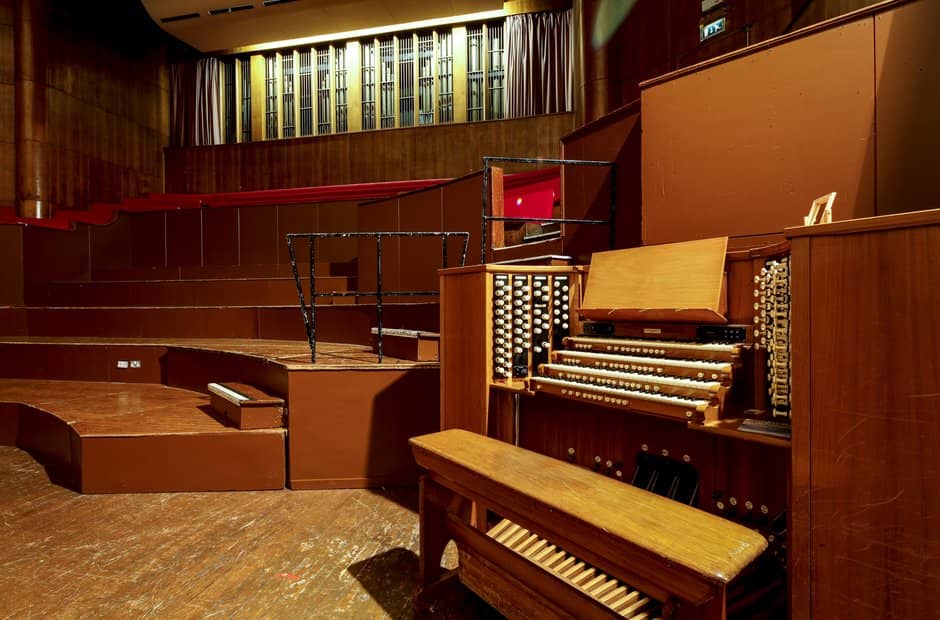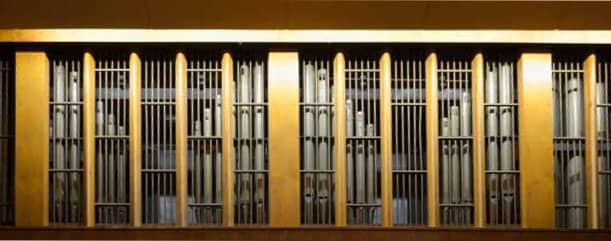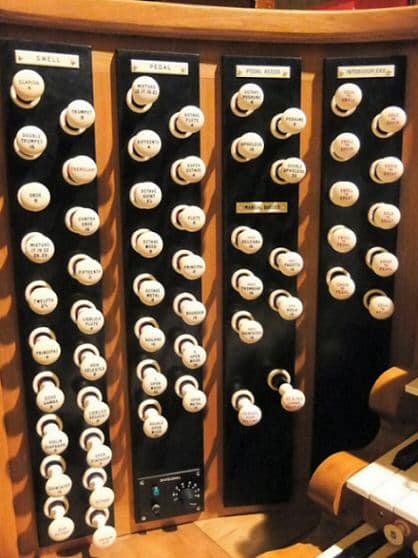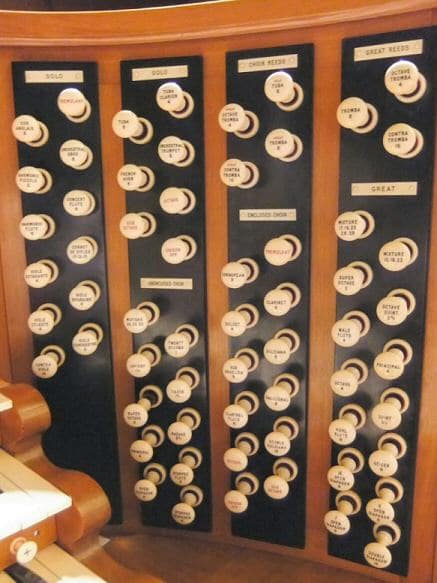The pipe organ has been described as the most complex of all musical instruments developed before the Industrial Revolution. Mozart called it “The King of Instruments”. Bristol is fortunate to be home to several wonderful organs, including the magnificent Harrison and Harrison organ within the Colston Hall, now known as Bristol Beacon. This symphonic organ remains largely unchanged today and has the distinction of being probably the last concert hall organ in the ‘late Romantic’ style in the UK.
In 2018, Bristol Music Trust embarked on an ambitious programme of transformation which will see it become a world class concert hall and a venue of which Bristol can be proud. The transformation presents a golden opportunity to undertake a major restoration of the Hall’s famous organ.





